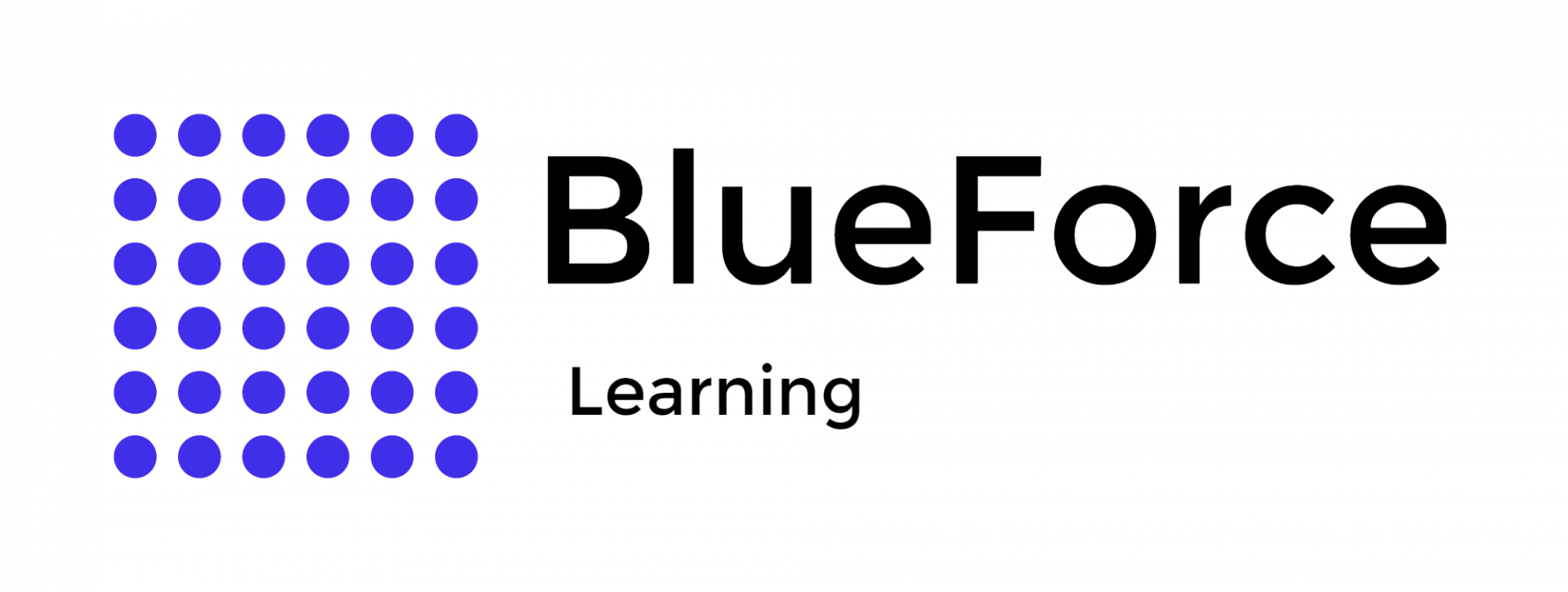May 21
/
Joe Doe
From Data to Arrest: Analyzing Google Location Data to Identify Suspects
In modern investigations, technology continues to transform how authorities approach criminal cases. One of the most significant developments has been the utilization of Google location data. When properly examined, this data provides insights into a suspect's movements, associates, and behavior patterns. This practice, which is referred to as location-based data analysis, has become a valuable aspect of modern investigative strategies, supporting everything from crime identification to precise crime mapping.
The following sections outline how investigators use location data to trace suspect movements, the tools involved, and how these practices support broader criminal investigations.
Analyzing Google Location Data for Suspect Movements
The precise location data analysis involves examining the GPS coordinates and timestamps that mobile devices continuously produce. When location services are enabled, most smartphones record the user’s location at frequent intervals. Google aggregates this information in what it calls a "location history" if the user has permitted such tracking.
Investigators use this data to place suspects near crime scenes at specific times. For instance, if a burglary occurred at 9:00 PM and the suspect’s device was shown arriving near the location at 8:45 PM and departing at 9:15 PM, the data becomes a strong element in establishing presence.
Geofencing warrants are often used in such cases. These warrants ask Google to provide information on any device that was in a designated area during a specific window of time. From there, analysts work to isolate which device movements are suspicious or relevant. Investigators may also compare suspect identification data with that of known associates, vehicles, or previous cases.Tools and Software for Effective Data Visualization
Investigators often begin by securing this data through a warrant directed to service providers like Google. Once obtained, the dataset typically includes:
- Time-stamped geographic coordinates
- Movement patterns over hours, days, or weeks
- Dwell times at specific locations
- Routes between frequent points of interest
Investigators use this data to place suspects near crime scenes at specific times. For instance, if a burglary occurred at 9:00 PM and the suspect’s device was shown arriving near the location at 8:45 PM and departing at 9:15 PM, the data becomes a strong element in establishing presence.
Geofencing warrants are often used in such cases. These warrants ask Google to provide information on any device that was in a designated area during a specific window of time. From there, analysts work to isolate which device movements are suspicious or relevant. Investigators may also compare suspect identification data with that of known associates, vehicles, or previous cases.
Tools and Software for Effective Data Visualization
Raw location data can be dense and highly technical. Without proper tools, interpreting this information is time-consuming and error-prone. Mapping and analysis platforms convert these data points into visual formats such as interactive maps and timelines, allowing investigators to track movements more clearly.
Some of the most frequently used software in this domain includes:
Some of the most frequently used software in this domain includes:
GeoTime
This application visualizes movement patterns on a 3D map and timeline, making it easier to identify routines, track convergences, or detect anomalies in behavior. It's often used in law enforcement and intelligence environments.
ArcGIS
Developed by Esri, ArcGIS provides highly detailed maps and features for spatial analysis. It can layer multiple data sources and is suitable for integrating suspect movements with city infrastructure and known crime hotspots.
CellHawk
CellHawk, which incorporates location history data, is particularly useful for cell site analysis. It supports crime analysts by converting raw logs into plots over city maps.
Palantir Gotham
Though more advanced, this software supports the integration of location data with other investigative records, such as social media activity, criminal history, and license plate readers, to create a comprehensive view of suspects.
QGIS
QGIS is an open-source alternative that supports many of the same mapping capabilities as ArcGIS. It is popular in jurisdictions with limited budgets but strong technical staff.
These tools allow investigators to not only visualize where a person went but also to understand behavioral trends, how long they lingered, where they frequently visited, and whether their presence at a scene was a one-time occurrence or part of a pattern. Once visualized, this data becomes part of a larger investigative framework that includes additional forensic and testimonial evidence.
Integrating Location Data into Broader Investigative Strategies
Location history is only one piece of evidence. Analysts integrate location-based data analysis into broader strategies that may involve surveillance footage, witness interviews, and digital forensics from devices such as laptops or tablets to establish a reliable case.
Google’s Sensorvault can be a valuable resource in these cases. The database stores users’ historical location data collected from mobile devices. Law enforcement departments can request access to this data through warrants to identify devices near crime scenes during specific timeframes, supporting criminal investigations.
One common method is to pair location records with known timelines of criminal incidents. For instance, during a robbery investigation, comparing ATM footage, transaction records, and phone movement data may rapidly narrow down suspects. Another approach is connecting multiple data points, such as linking the suspect’s device to several crime scenes occurring in different neighborhoods.
Law enforcement agencies also use crime mapping tools to identify hotspots. These maps are enhanced by recurring patterns from location data, indicating the most likely times and places for repeat offenses. When law enforcement cross-references these areas with known offender movements, it creates actionable intelligence.
In longer-term investigations, patterns of movement can help establish motives and intent.
Was the suspect familiar with the location? Had they surveilled the scene in advance? These are questions that location data can help answer. Combined with communication records, such as call logs or messages, investigators can paint a detailed picture of premeditation and post-crime evasion.
Was the suspect familiar with the location? Had they surveilled the scene in advance? These are questions that location data can help answer. Combined with communication records, such as call logs or messages, investigators can paint a detailed picture of premeditation and post-crime evasion.
Understand Location-Based Data Analysis with training from Blueforce Learning.
The shift from traditional ways to using Google location data in criminal investigations has reshaped how agencies pursue suspects and confirm alibis. Through accurate mapping and temporal alignment, investigators gain clarity on an individual’s activities without relying solely on eyewitnesses or confessions.
While this process is technical and governed by strict legal protocols, its contribution to modern investigative work cannot be overstated. From narrowing suspects to corroborating alibis, the effective use of location records continues to define the future of digital investigative methods.
Enhance your investigative skills with expert-led training in location-based data by BlueForce Learning. Our Geofence Warrant Training Guide covers all the essential aspects of supporting professionals working with geolocation, movement analysis, and mobile device data in investigations.
Enroll now and become a data analysis professional with Blueforce Learning!
Enroll now and become a data analysis professional with Blueforce Learning!
FAQS
How does Google collect location data?
This location information can come from real-time signals, like your IP address or device, and your saved activity on Google sites and services.
Does Google send data to the police?
Yes, Google can send data to the police if legally required, such as through a court order or subpoena.
Can Google detect your location?
Google can estimate your location with Signals like Wi-Fi, mobile networks, and GPS.


